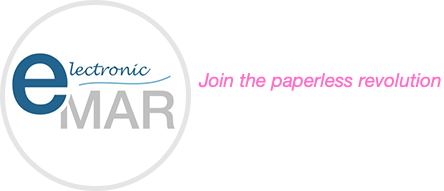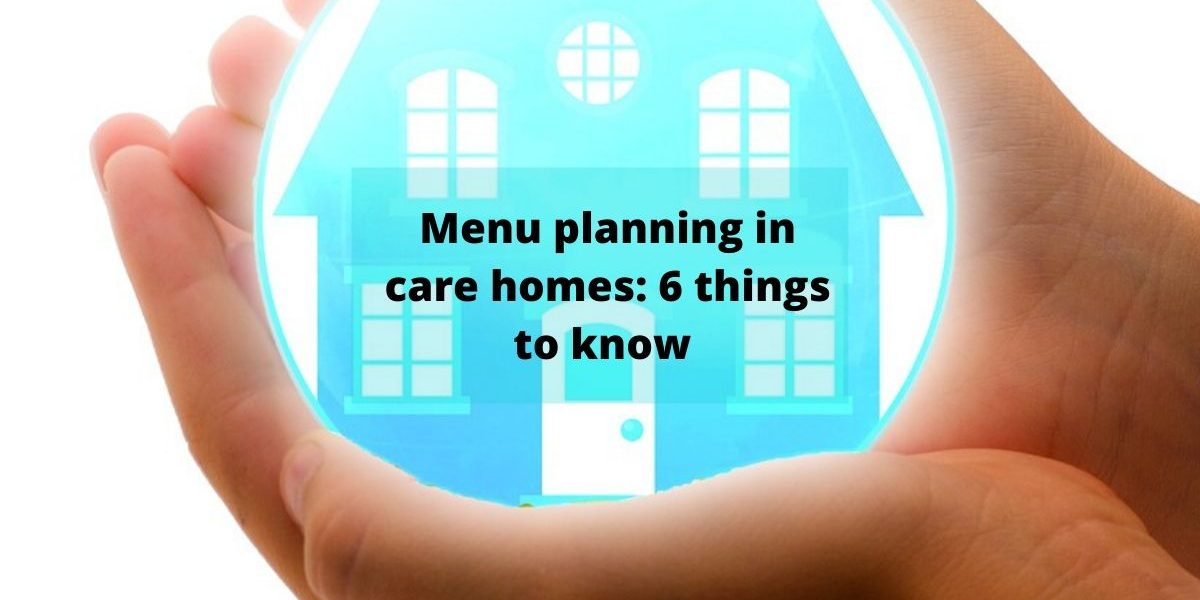There are no two ways that food is integral to the quality of life for the residents in care homes. Mealtime is something that the residents usually look forward to. However, providing a diverse menu which is exciting as well as nutritional can be challenging. While the nutritional value is important, it is equally crucial to ensure that the food items on the menu in care homes are not bland and repetitive. If you wish to design menus for care homes, here are a few things that you should keep in mind:
- Offer variety: The menu you design must encourage the residents to eat a variety of foods. It should have a good quantity of vegetables, fruits, proteins, grains, and dairy. Make sure that the produce you buy is fresh. It would be best to serve fruits and vegetables that are locally produced. To plan well-rounded meals, make sure your meals consist of all the varieties.
- Address special needs: While planning a menu, do keep in mind special dietary requirements. You can work with a nutritionist to help you make choices that fit the medical conditions of different residents. For instance, some people with dementia may be a problem with sight while others may have a problem with chewing. For those with dementia, efforts should be made to ensure that food is a colorful and verbal description of the food that should be given. For those who have problems chewing, the texture of the food should be moist and soft.
- Special menu for special occasions: Mealtime plays an important social role. It is that time of the day when the residents sit together and enjoy the food. Make sure that there is a difference between everyday meals and special occasions. Having a holiday special menu will help them connect with the outside world.
- Rotating menu: When tasked with providing three meals a day that complies with nutritional standards, it is quite easy for the caregivers to run out of ideas. The best way to not let the menu planning be too overwhelming is to come with a six-week meal plan. Planning meals in advance will not ensure that the residents are not eating the same food every now and this will also streamline pantry planning.
- Group activity: Planning meals can be so much fun if you include the residents in it. Not only will you as caregivers get help but the residents will feel more interested in eating food that they have helped prepare. You can also create a weekly roster for the menu as well as the residents who will be helping. This will make the residents feel more involved. Make sure the seniors are assisted so that they are safe in the kitchen.
- Seek feedback: It’s best to take the residents on board so that the menu is designed with their involvement. Take the feedback of the residents and their family members and on them to improve your food menu. Talk to your residents about their experiences at mealtimes. If you want in-depth feedback, you can ask them to fill up questionnaires.
Apart from menu planning there several other responsibilities that care home staff have to take care of. Proper administration of medicines is one of the primary duties of caregivers. You can streamline this task by using eMAR, an electronic medication software. The software sends alerts to the staff regarding the dosage, timing and route of administration. The software makes sure that the staff doesn’t have to rely on paper-based MAR sheets in care homes for medicine administration. By keeping a tab on medicine administration, the software helps to reduce medication errors. If you are still using paper-based MAR sheets in care homes, then book an eMAR demo (https://www.electronicmar.co.uk/book-a-demo/) with us today.







